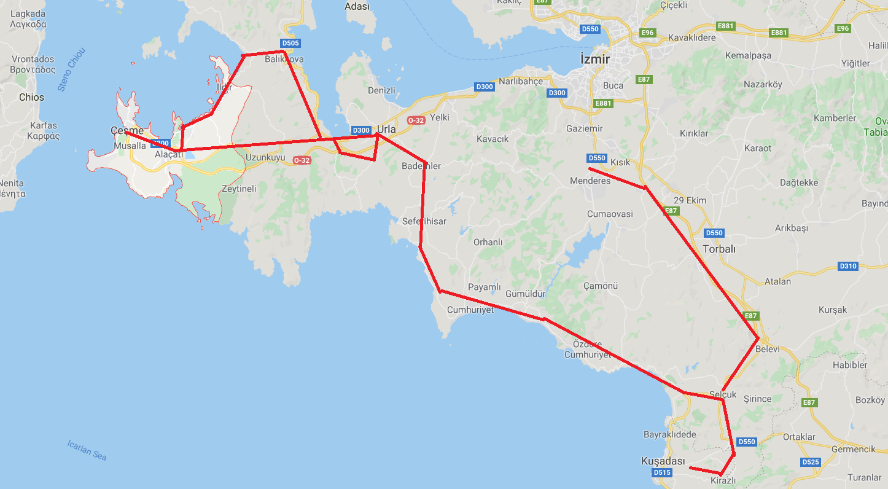Memories of Turkey:
Less than a week in Turkey but still lots of memories:
- the elderly women in Kirazli
- watching Suzan bake Gozleme bread and stopping for boreks and tea with Muserref
- the lived in feel of the farming community of Kirazli
- the friendliness of the villagers - lots of waves and smiles
- the modern infrastructure - roads, buildings, resorts etc.
- Ephesus, in particular the Celsus library
- the call to prayer
- the oasis that was Tas Otel and our really nice cottage
- the friendly cats of Tas Otel
- tea and cake each afternoon at Tas Otel
- the pedestrian streets of Alacati
- the market ladies of Yagcilar
- the restaurant gardens and food of Papazz and Asma Yapragi
- the concept of choosing our meal from the dishes in the kitchen at Asma Yapragi
- the street dogs and cats of Alacati
- meeting and chatting with Uktu
- Zeynep and the staff at Tas Otel and Mehmet at Ephesus Lodge
- our struggles trying to find Tas Otel
- the ying (the suburban outskirts) and the yang (the pedestrianized cobblestone historical town) of Alacati
- the impressive selection of Turkish pottery in Selcuk
Expenses (based on average exchange rate 1 euro = $1.52 Cdn):
Here are the costs of the Turkey portion of the trip
$ 30 ferries (50% of Chios to Cesme)
$ 862 lodging (95 euros or $144 per night)
$ 255 food (28 euros or $43 per day - dinner including wine)
$ 410 car rental ($362 or $60 per day for the 6 days we had a vehicle) and fuel ($49)
$ 206 miscellaneous ($35) and entrance ($171 - Ephesus including guide)
$ 1,763 for 6 days
The average cost per day (ferry, lodging, food, entrances, vehicle and miscellaneous) was $293, essentially the same as the $285 per day in Greece.
Lodging ranged from a low of 85 euros to a high of 105 euros a night. Both included breakfast. Here is a list of where we stayed, the amount we paid and the website.
105 euros Tas Otel Alacati www.tasotel.com/en
85 euros Ephesus Lodge Kirazli www.ephesuslodge.com
90 euros Moxy Hotel Vienna www.marriott.com/hotels/travel/vieox-moxy-vienna-airport/
As is our practice we communicate and book directly with each place, and in doing save the establishment the booking commission and are are known to the staff when we arrive.
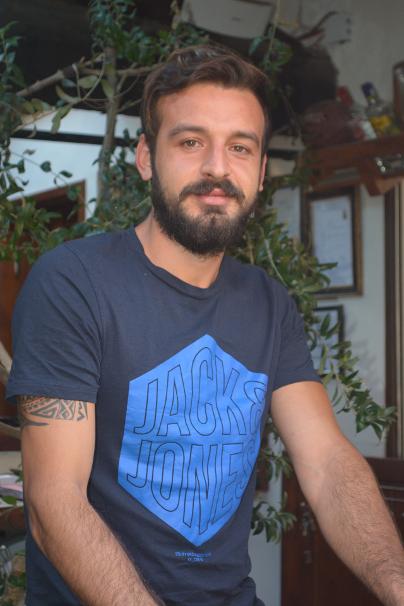
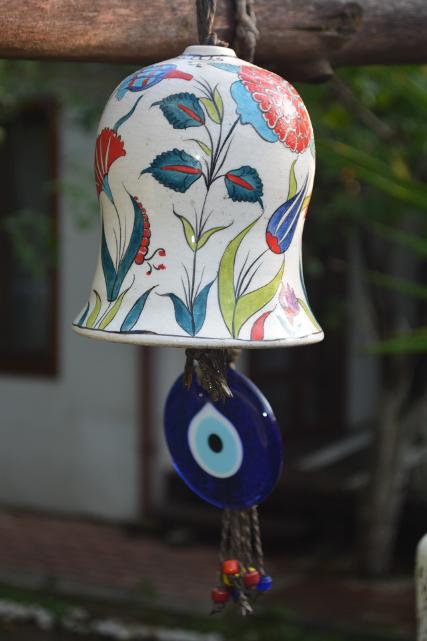
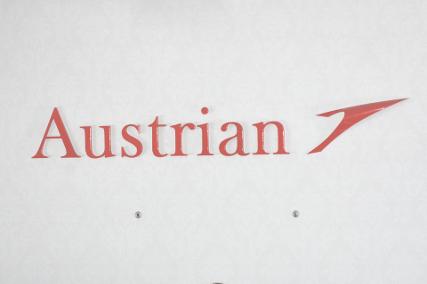
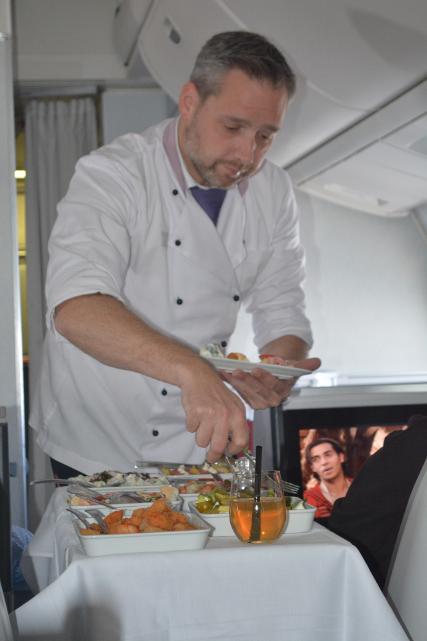
Curetes Street: One of the three main streets between the Hercules Gate and the Celsus Library. There were fountains, monuments, statues and shops on the sides of the streets. The many earthquakes damaged many of the structures along the street, with columns constantly restored until the major quake of the 4th century when the columns were replaced by others from different buildings in the city. Under the colonnaded galleries of the houses on the slope, those used by the rich Ephesians, were mosaics on the floors, some of which still exist..
Latrines: Part of the Scholastica Baths built in the 1st century AD, they were the public toilets of the city, with an entrance fee to use them. In the centre there is an uncovered pool with the marble toilets aligned along the walls. The columns surrounding the pool supported a wooden ceiling. Of course there was a drainage system under the toilets.
Celsus Library: The library is one of the most beautiful structures in Ephesus, built in 117 AD as a monumental tomb for Gaius Julius Celsus Polemaeanus, the governor of the province, by his son. The grave is beneath the ground floor with a statue of Athena, the goddess of wisdom over it. The capacity of the library was more than 12,000 scrolls - the third richest library in ancient times. The facade has two-stories with Corinthian style columns on the ground floor and three windows on the upper story. Statues (copies of the originals which were taken to the Ephesus Museum in Vienna in 1910) symbolize wisdom, knowledge, intelligence and valour, the virtues of Celsus. There was an auditorium for lectures and presentations, built during the reign of the Emperor Hadrian.
Theatre: The theatre is the most magnificent structure in the ancient city, located on the slope of Panayir Hill. It was first constructed in the Hellenistic Period in the 3rd century BC. During the Roman Period it was expanded to be the largest in Anatolia with a capacity of 25,000 seats. The seats with backs, made of marble, were reserved for the 'important people'. The stage is three stories or 18 metres high. The facade facing the audience was ornamented with relieves, columns with niches, windows and statues. The theatre was used not only for concerts and plays, but also for religious, political and philosophical discussions along with gladiator and animal fights. During the late 1980s, through the 1990s and as late as 2009 concerts (Ray Charles, Joan Baez, Diana Ross, Bryan Adams, Julia Iglesias, Jethro Tull, Sting, Elton John, Chris De Burg, Lionel Richie, Pavarotti and Madonna) were held until concerns over structural issues became a concern.
After a couple of hours we had seen what we needed to see to have a feel for the history and magnitude of Ephesus. Certainly having Sezgin lead and guide us through the archaeological site was informative as he pointed out and explained many of the structures we would have likely not noticed.
We returned to Kirazli late afternoon when, as Sezgin forecast it began to rain again. The afternoon was spent relaxing and packing after which we again ate at the Lodge.
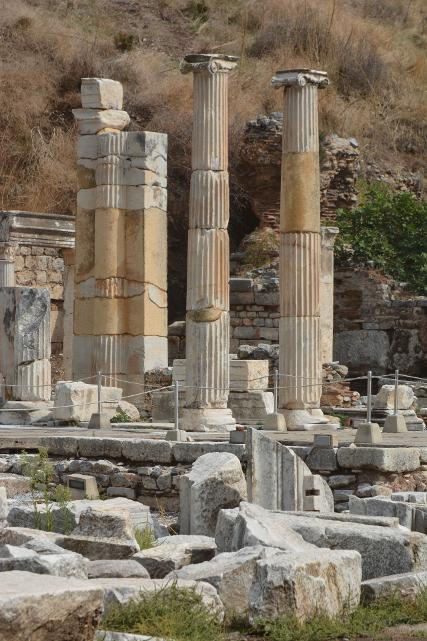
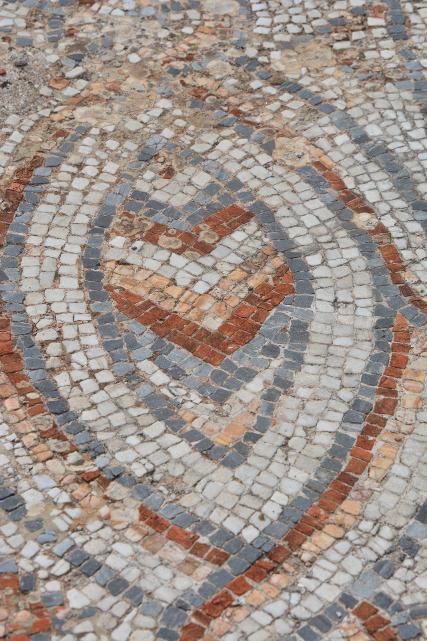
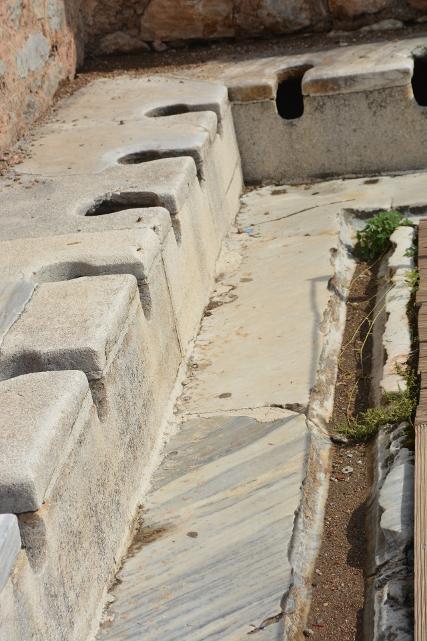
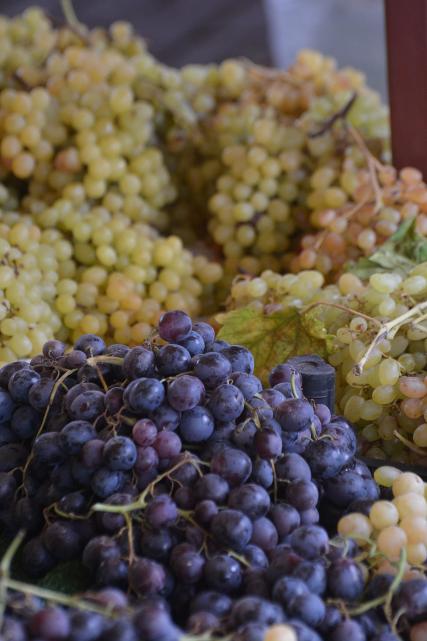
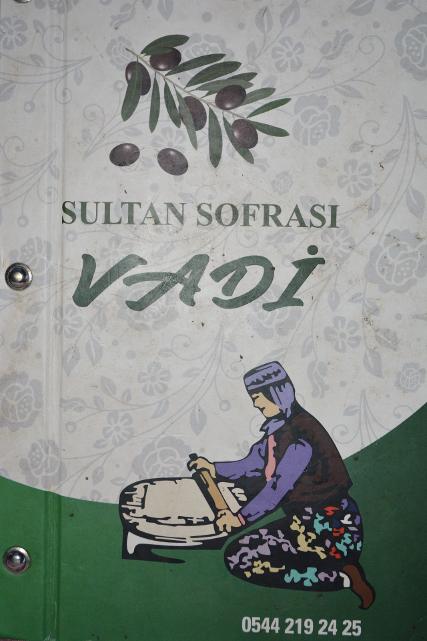
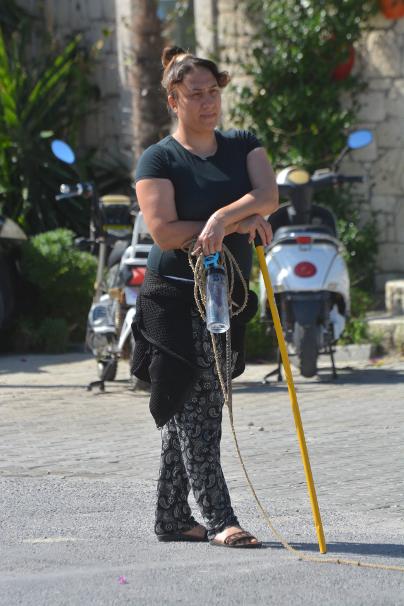
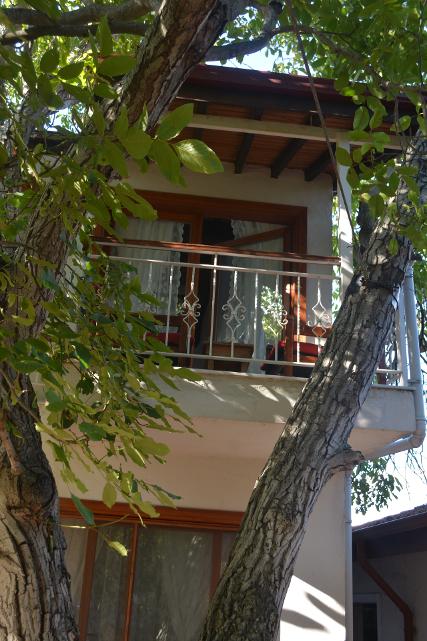
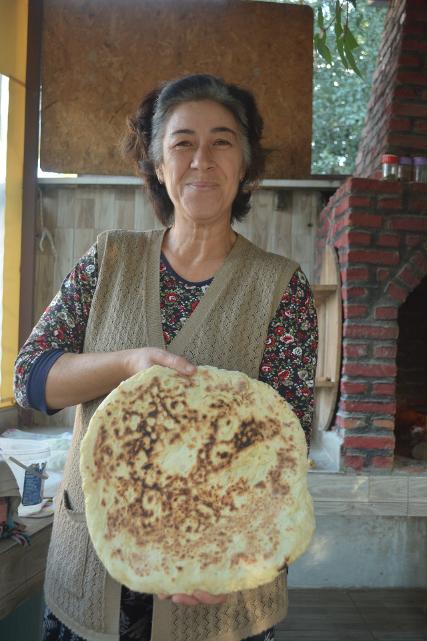
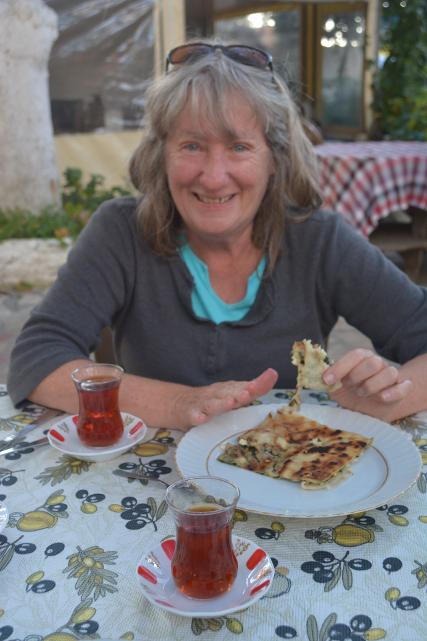
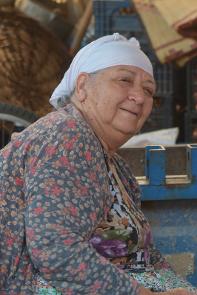
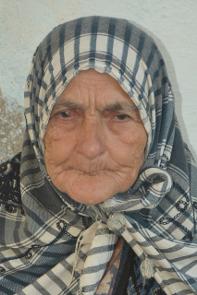
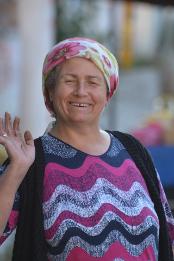
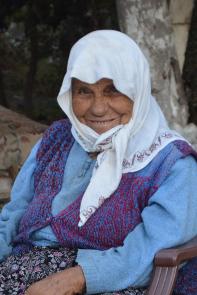
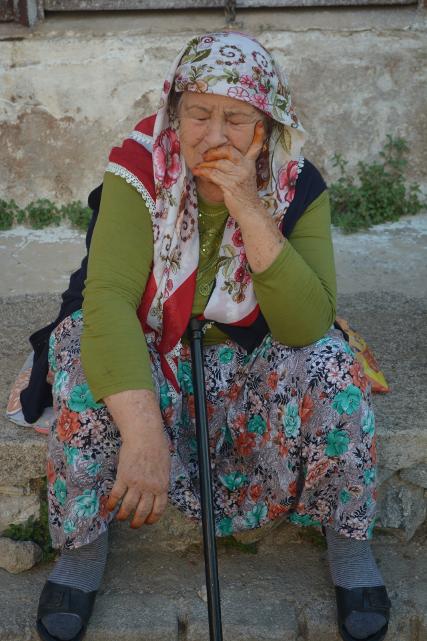
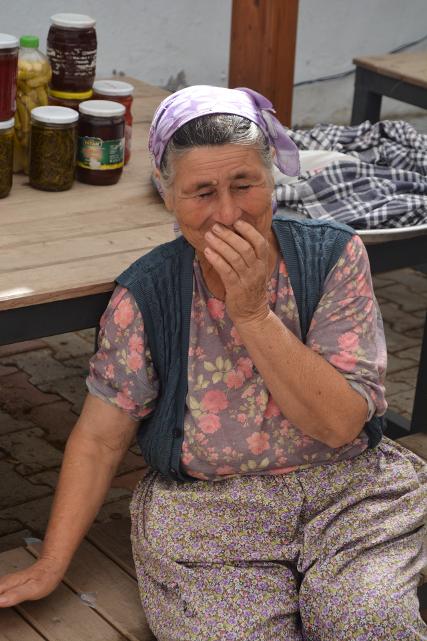
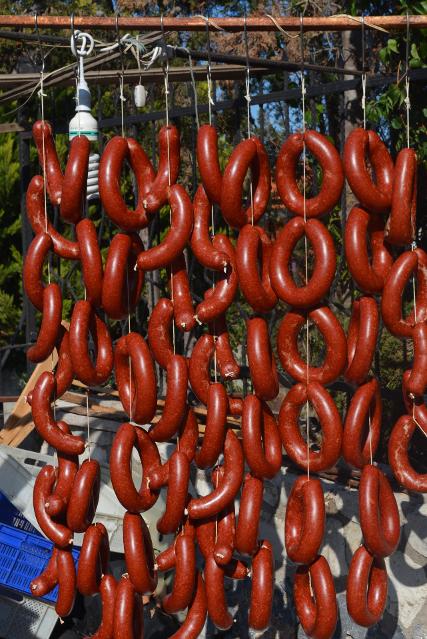
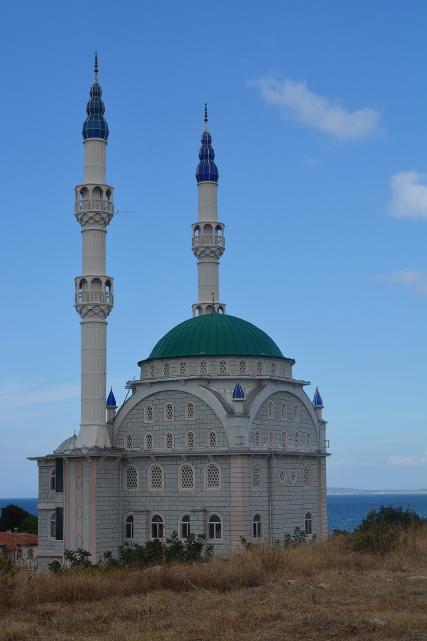
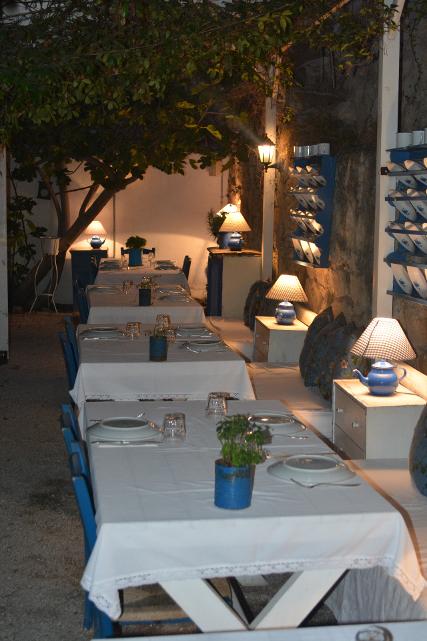
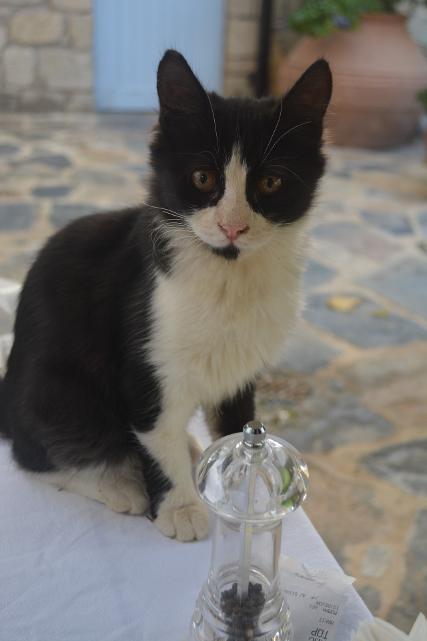
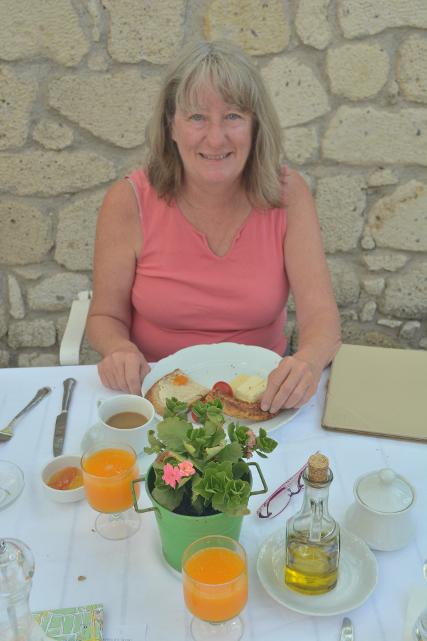
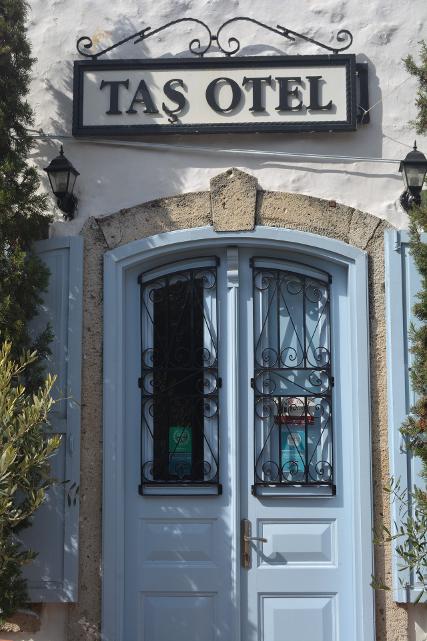
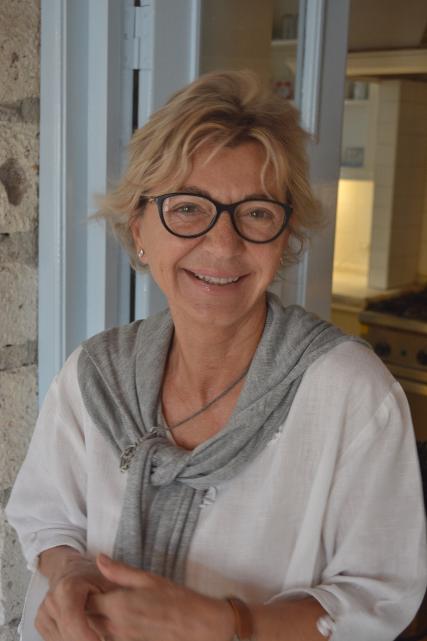
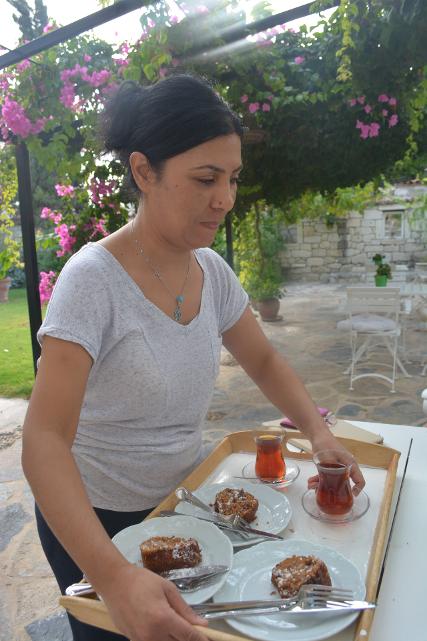
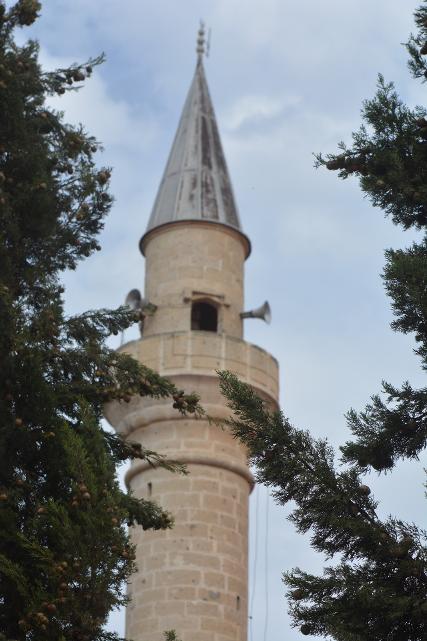
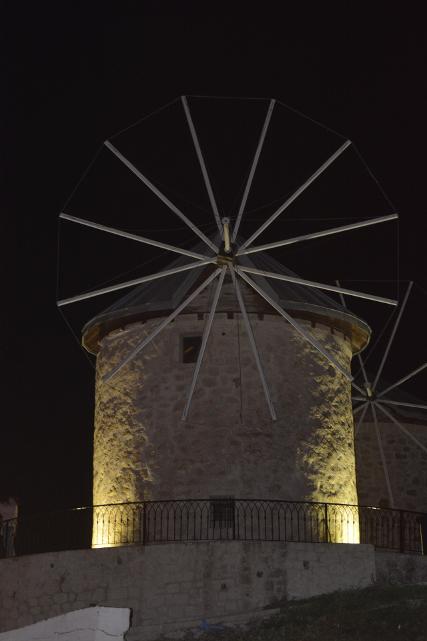
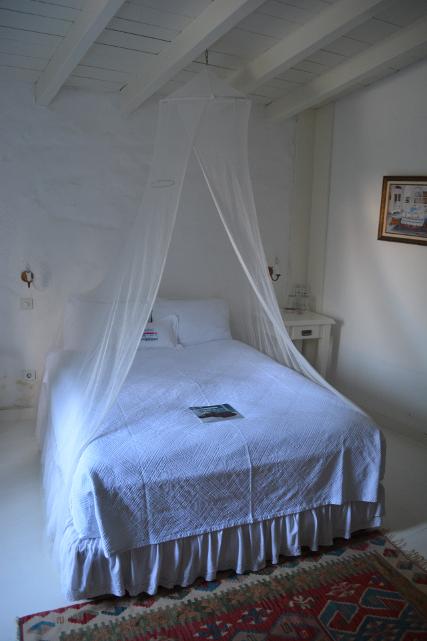
- Alacati (3 nights) - at Tas Otel, and
- Kirazli (3 nights) - at Ephesus Lodge
